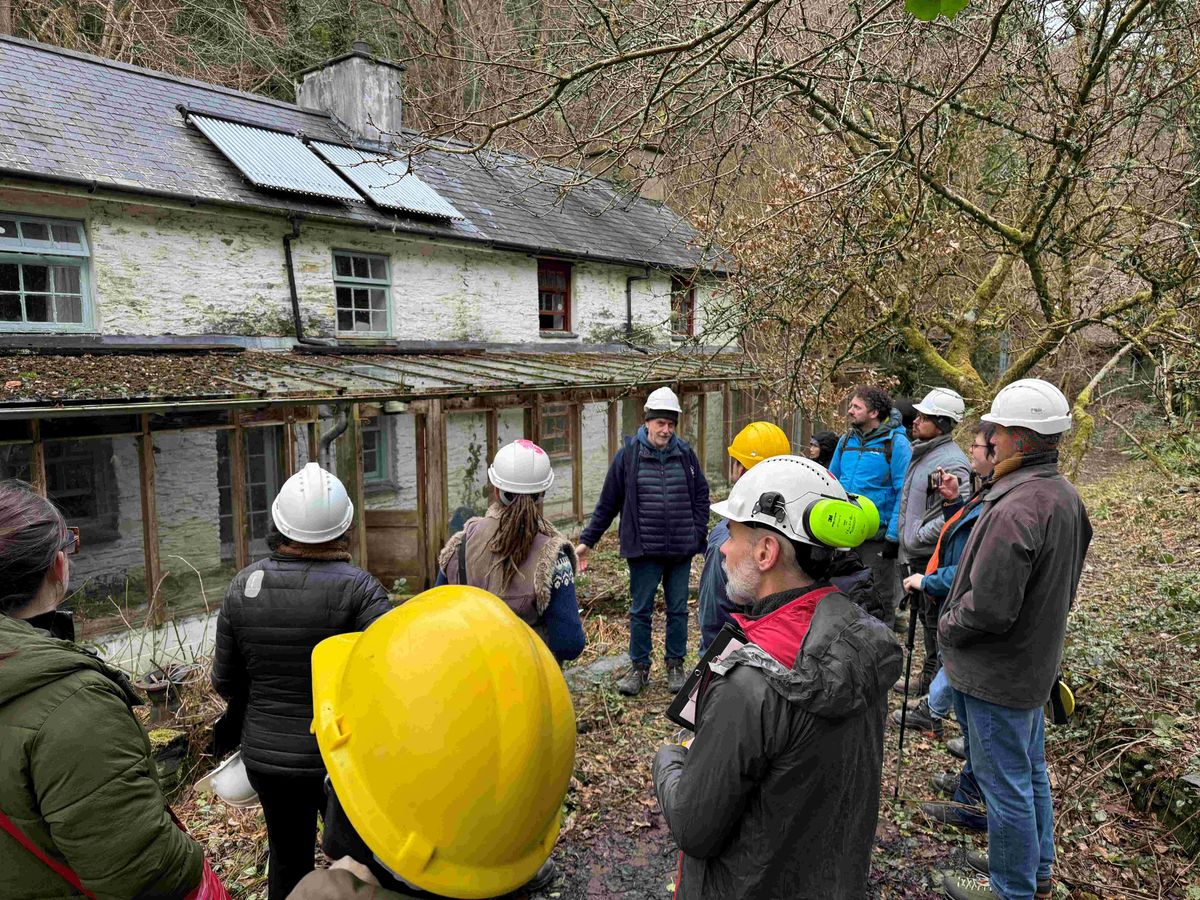Silent Wings, Groundbreaking Tech: How Owl Flight is Revolutionising Noise Reduction

For centuries, owls have captivated us with their silent flight – a seemingly effortless glide through the night sky. But beyond the beauty and mystique, there’s a remarkable secret to their quietness that's now inspiring a revolution in noise reduction technology. Scientists have long been intrigued by this natural phenomenon, and recent breakthroughs are revealing just how owls achieve this incredible feat.
The Science of Silent Flight
Unlike many birds, owls don't create a whooshing sound as they fly. This isn't simply due to their feathers; it's a complex interplay of adaptations working in perfect harmony. The key lies in the unique structure of their feathers, particularly the primary feathers on their wings. These feathers feature a comb-like fringe along the leading edge, and a soft, velvety surface on the trailing edge.
The leading-edge fringe breaks up the airflow, preventing the formation of large, turbulent vortices – the primary source of noise in flapping wings. Meanwhile, the velvety trailing edge absorbs sound waves, effectively dampening any residual noise. Furthermore, the feathers themselves are incredibly soft and flexible, allowing them to move silently against the owl's body.
Mimicking Nature: Biomimicry in Action
Researchers are now meticulously studying these feather structures to develop new noise reduction technologies. This field, known as biomimicry, seeks inspiration from nature to solve human engineering challenges. The aim is to replicate the owl’s silent flight mechanism in various applications, from aircraft design to quieter household appliances.
Potential Applications: A Quieter Future
The implications of this research are far-reaching. Imagine:
- Quieter Aircraft: Applying owl-inspired designs to aircraft wings could significantly reduce noise pollution around airports, benefiting communities and wildlife.
- Silent Drones: The technology could enable the development of near-silent drones for surveillance, delivery, and environmental monitoring, minimising disturbance.
- Reduced Noise in Vehicles: The principles could be adapted to reduce wind noise in cars and trucks, improving passenger comfort.
- Household Appliances: Quieter fans, ventilation systems, and other appliances could create more peaceful living environments.
Challenges and Future Directions
While the potential is enormous, replicating the intricate complexity of owl feathers presents significant engineering challenges. Researchers are experimenting with various materials and manufacturing techniques to create artificial feather structures that mimic the owl's design. Computational fluid dynamics (CFD) is being used to simulate airflow and optimise the design of these structures.
Ongoing research is also focused on understanding the precise role of different feather features and how they interact to achieve near-silent flight. Advanced imaging techniques are providing unprecedented insights into the micro-structure of owl feathers.
The owl's silent flight is a testament to the power of natural engineering. By studying and mimicking this remarkable adaptation, scientists are paving the way for a quieter, more sustainable future. The silent wings of the owl are inspiring a wave of innovation, promising to transform the way we design and build the world around us.






